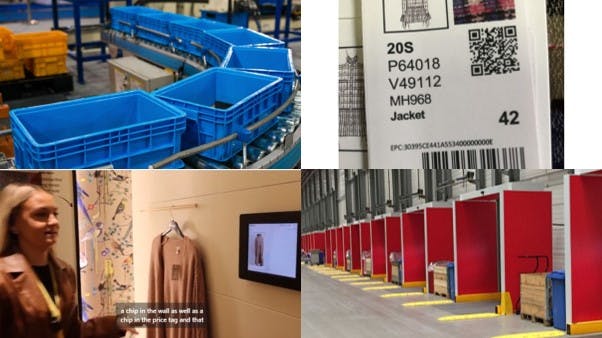
RFID: Twenty Five Retailer Case Studies - What can we learn?
Our RFID working group have been researching, and promoting collaboration on the use of RFID for over twenty years. The research we have published can be accessed for free by clicking here.
With the help of AI, we recently undertook some meta analysis of twenty five retailers, all of who have deployed RFID store wide. The list includes Walmart, Decathlon, M&S, Inditex and others.
We asked three questions for each of the twenty five, firstly, how did their RFID programme link to and support their corporate priorities, secondly, we asked how they executed RFID in their business, and finally, we asked about some facts about their programme that would help other retailers articulate a "size of the prize" for their business.
Here are the results.
# 1) RFID linkage to corporate objectives
* Omnichannel promise: “Buy anywhere, fulfill anywhere” (BOPIS, ship-from-store, endless aisle) hinged on trusted, item-level availability (e.g., Macy’s, Nordstrom, Carter’s, Inditex). These retailers framed RFID as a customer-experience and revenue-growth objective, not just ops tech.
* Full-price sell-through & margin: Better on-shelf availability and precise last-unit selling reduced markdowns (Inditex, M&S, Nike)
* Operating model efficiency: Faster counts, automated replenishment, and staff time shifted from stock to service (Stadium, Superdry, Lululemon)
* Risk & brand control: Loss prevention and authenticity/counterfeit defence in luxury/eyewear (Burberry, Prada, Luxottica)
* Sustainability/circularity: Less overproduction and support for resale/repair models (H&M, Decathlon, Adidas, Mulberry)
# 2) Most common RFID execution patterns
* Source tagging (EPC/RFID) at manufacture to ensure cradle-to-store traceability.
* Weekly/daily cycle counts with handhelds; fixed portals/tunnels at DC inbounds/outbounds.
* Cloud inventory platforms integrated with ERP/OMS (e.g., Nedap iD Cloud, SML Clarity, TrueVUE) to create a single, near-real-time stock view.
* Customer-facing layers where relevant: self-checkout (Decathlon, River Island), fitting-room recognition/content (H&M, Mango), experiential storytelling (Burberry, Deckers)
# 3) “Hard fact” outcomes other retailers can expect
* Inventory accuracy: From ~60–75% to 95–99% (River Island, Lululemon, Carter’s, C&A, M&S)
* Count speed/productivity: 5–10× faster; e.g., \~30k items in \~2 hours; staff time cut \~40% in some programs.
* Sales/availability: Sales lift ~5–8% tied to availability; last-unit selling unlocked (Macy’s, H&M)
* Omnichannel reliability: Fewer cancellations, faster pickup/ship-from-store SLAs (Nordstrom, Target, Carter’s)
* Loss/authenticity: Item-level theft insights; counterfeit deterrence in luxury/eyewear.
The limitation of this analysis is that it can only draw on what is available on the internet for Chat GPT to "crunch" and effectively, what has happened or is happening already.
That said, the conclusions do chime with the knowledge we have acquired in the working group on how to stand up and deliver an RFID programme in retail. It is striking that the scope of the RFID programmes for the majority of the retailers in this sample remains in the store itself, rather than the Distribution or Fulfilment Centres, or perhaps with the shopper.
Perhaps then, this is where the future growth of RFID lies. If you would like to see the original research and the 300 words Chat GPT generated for each of the 25 retailers, please email me at colin@ecrloss.com.
If you are a retailer, brand owner or academic and would like to join the working group, please click here. and register for one of our next meetings, online or in person.
Aug 16, 2025
Main office
ECR Community a.s.b.l
Upcoming Meetings
Join Our Mailing List
Subscribe© 2023 ECR Retails Loss. All Rights Reserved|Privacy Policy
